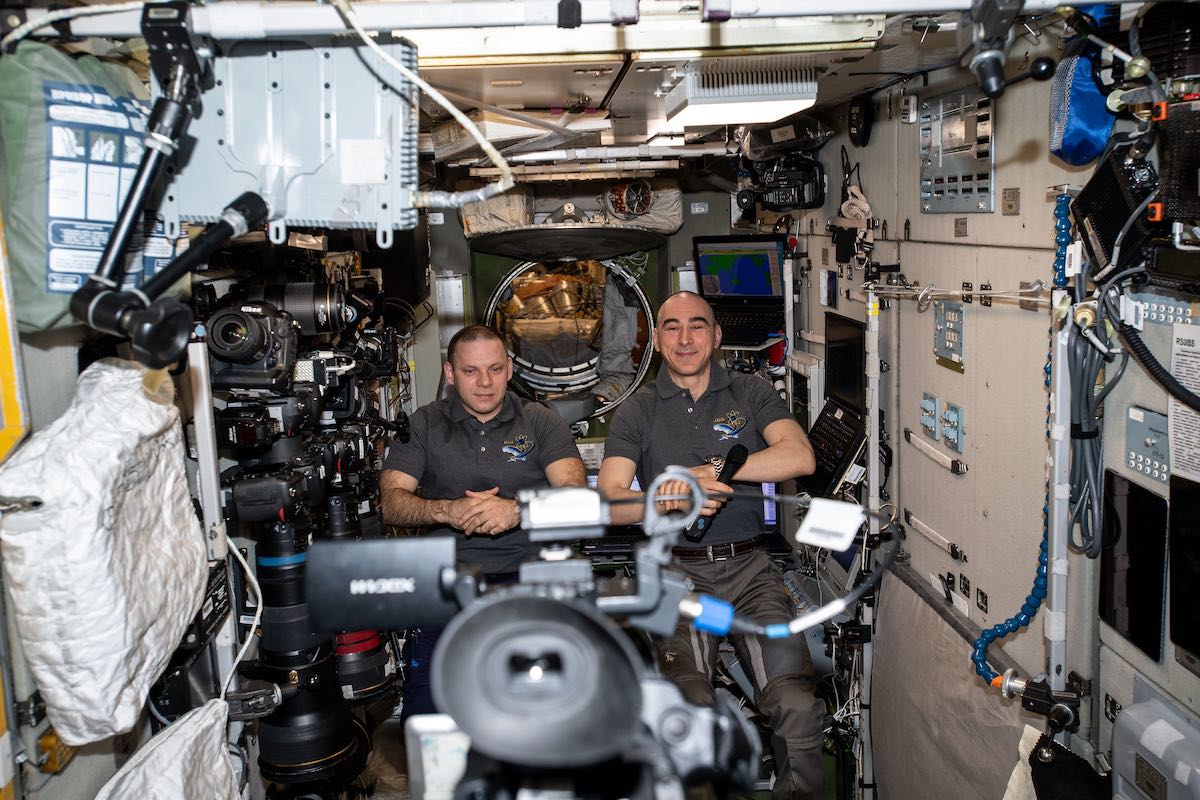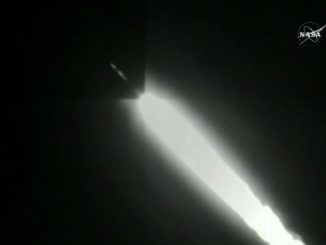STORY WRITTEN FOR CBS NEWS & USED WITH PERMISSION

Engineers are troubleshooting a small air leak aboard the International Space Station that was discovered last September, NASA reported Thursday. While it poses no safety threat, the lab’s three-man crew plans to seal themselves in the Russian segment of the station this weekend to help engineers pin down the leak’s location.
“All the space station hatches will be closed this weekend so mission controllers can carefully monitor the air pressure in each module,” NASA said in a blog post. “The test presents no safety concern for the crew.
“The test should determine which module is experiencing a higher-than-normal leak rate. The U.S. and Russian specialists expect preliminary results should be available for review by the end of next week.”
Expedition 63 commander Chris Cassidy and his two Russian crewmates, Anatoly Ivanishin and Ivan Vagner, were launched to the station aboard the Soyuz MS-16/62S spacecraft April 9. They’ve had the lab complex to themselves since the two-man crew of a SpaceX Crew Dragon capsule undocked and returned to Earth on Aug. 2.
NASA astronaut Kate Rubins and two more cosmonauts are scheduled for launch to the station aboard a Soyuz ferry ship on Oct. 14, One week later, Cassidy and his crewmates plan to depart and two days after that, NASA plans to send up four more crew members aboard another Crew Dragon capsule, boosting the station’s crew to seven.
Engineers want to find and, if possible, plug the leak while just three crew members are aboard, allowing more flexibility with closing off modules as required for troubleshooting.
Cassidy, Ivanishin and Vagner will spend the weekend sealed inside the Russian Zvezda module where they will also have access to their Soyuz MS-16/62S spacecraft and the Poisk research module.
“The station’s atmosphere is maintained at pressure comfortable for the crew members, and a tiny bit of that air leaks over time, requiring routine repressurization from nitrogen tanks delivered on cargo resupply missions,” NASA said in the blog post.
“In September 2019, NASA and its international partners first saw indications of a slight increase above the standard cabin air leak rate. Because of routine station operations like spacewalks and spacecraft arrivals and departures, it took time to gather enough data to characterize those measurements.”
The leak rate has “slightly increased,” the post went on, prompting plans to “isolate, identify and potentially repair the source. The leak is still within segment specifications and presents no immediate danger to the crew or the space station.”



